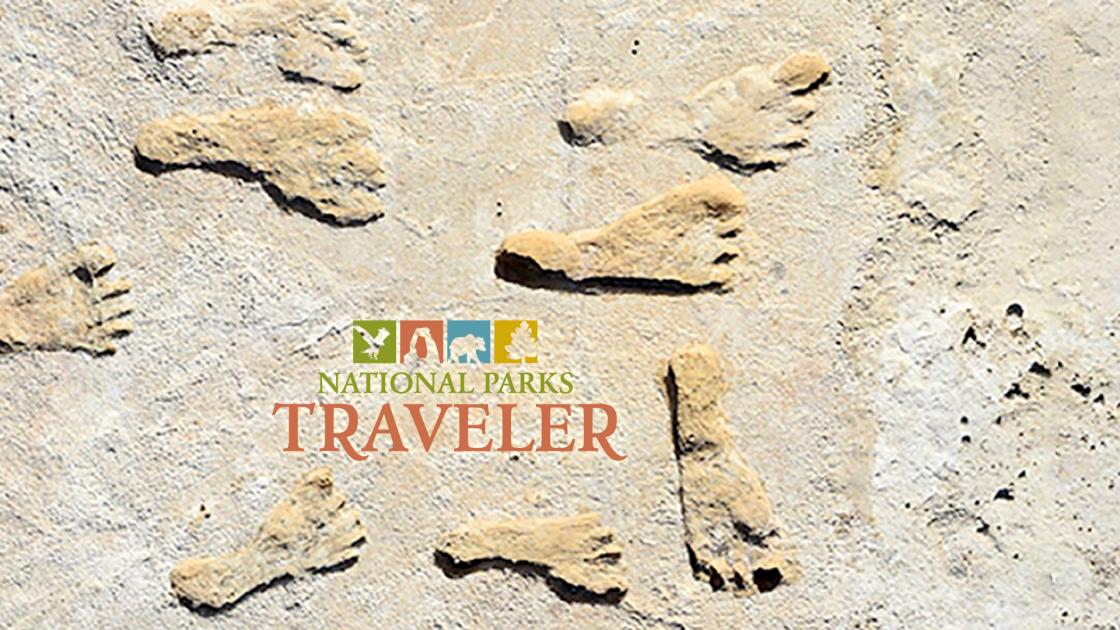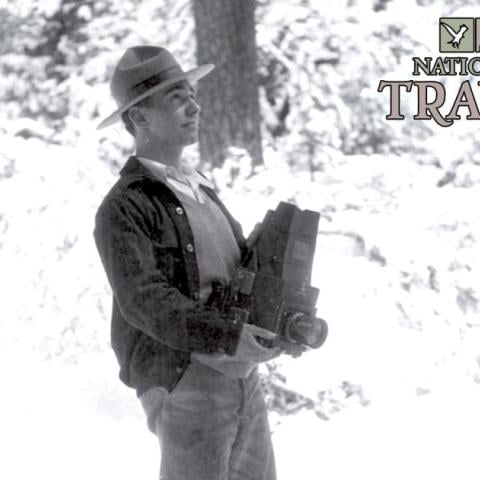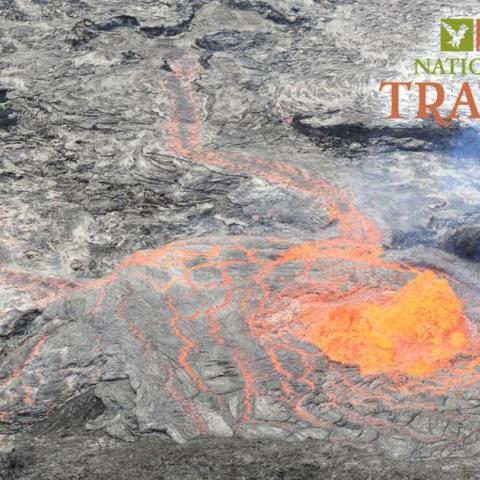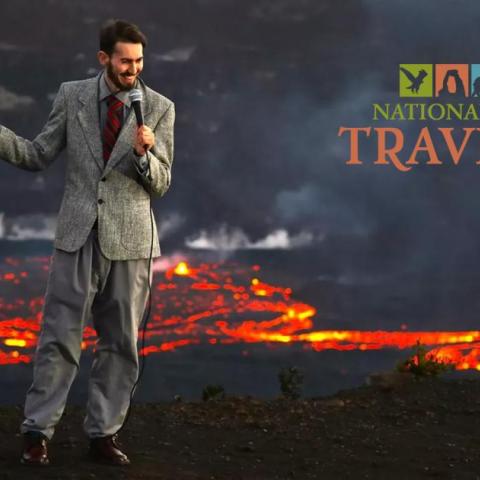As you walk through the white gypsum sands of White Sands National Park in southern New Mexico, your footprints will likely be quickly erased by shifting winds. So it’s somewhat of a phenomenon of nature that the oldest footprints ever discovered in North America are not only found here — in perfect form, having withstood time and weather — but show that ancient humans lived here much earlier than previously believed.
A research team from the U.S. Geological Survey earlier this month strengthened their findings released in 2021 that dated these footprints to as much as 23,000 years old. That finding erased previous theories that humans first arrived in North America some 11,000 years ago, after the end of the last Ice Age.
This week the Traveler’s Lynn Riddick talks with key researchers from the U.S. Geological Survey team about their initial analysis of the footprints as well as their follow-up study that confirmed the age dating…and what it all means to our long-sought understanding of human colonization on this continent.












Add comment